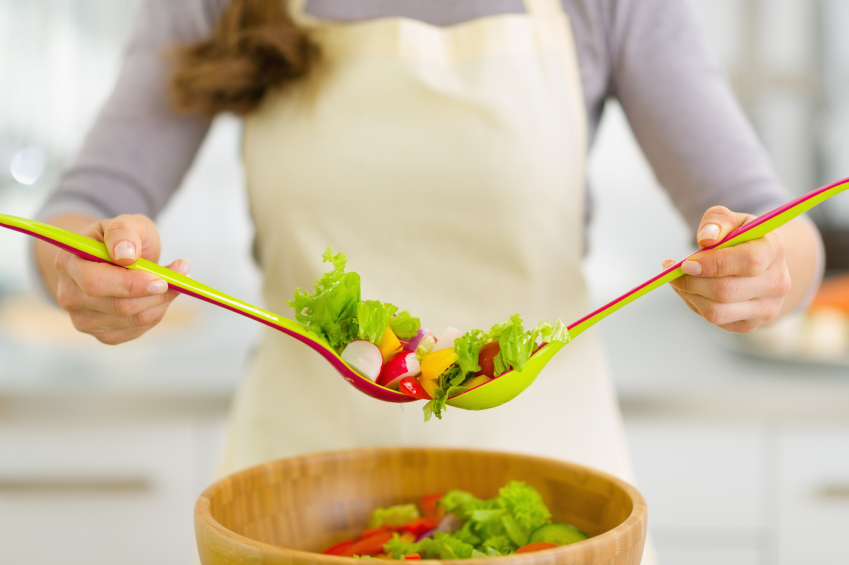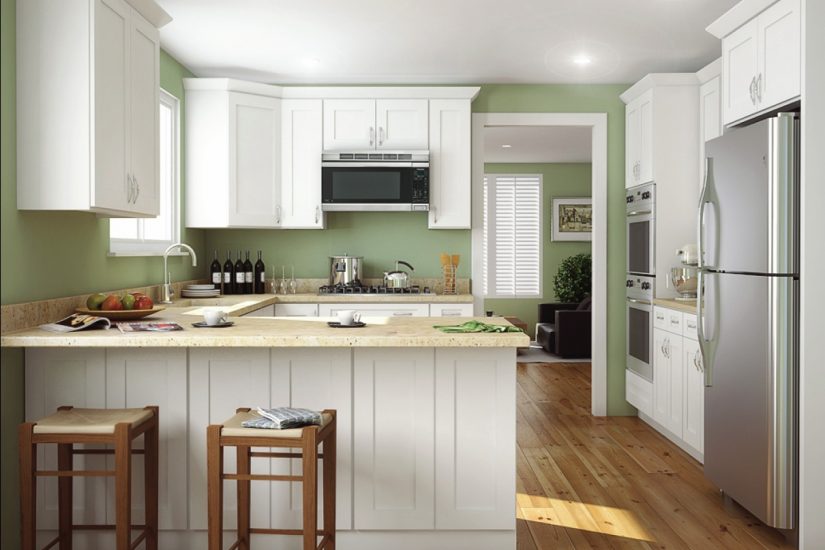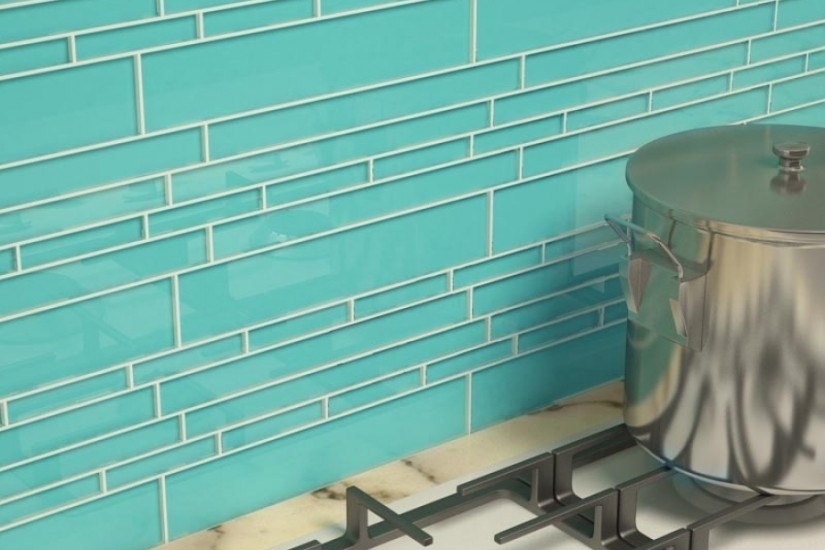Our bathrooms are probably the most visited rooms in our homes. Showers are taken, teeth brushed, toilets flushed, and faces washed all throughout the course of a single day.
Have you ever stopped to think about the environmental impact your family’s daily bathroom habits have on the planet? If not, here are 5 eco-friendly improvements and tips to consider for a greener bathroom.
1. Install low-flow or dual-flush toilets
Flushing toilets are a modern commodity most of us aren’t willing to live without. But is yours as efficient as it could be? In a 2000 Water Consumption survey, Duke University researchers found 27% of water used in American homes is flushed down the toilet—that’s more than any other water source in the home.
So what can you do to conserve? First, check the age of your commode. The U.S. government passed a law in 1994 requiring all new toilets to use only 1.6 gallons per flush (gpf). Chances are if you’re sitting on one that predates ‘94 it’s full-flush, meaning you’re sending 3.5 gallons down the pipes. Another efficient choice is the dual-flush toilet which has a button for liquid (.8gpf) and solid waste (1.6 gpf).
2. Replace conventional showerheads
Lengthy showers are also deemed important to Americans, but the Environmental Protection Agency estimates an average American family uses 40 gallons of water to shower per day. The EPA says a standard showerhead uses 2.5 gallons of water per minute (gpm) which wouldn’t be so bad if we all took 1 minute showers.
Since that’s not the case, the EPA recommends replacing them with WaterSense labeled showerheads. This label insures showerheads use no more than 2 gpm and work as well, if not better, than conventional ones.
3. Bidets vs. toilet paper
When it comes to cleaning bums, bidets and toilet paper both have loyal followings. Which one helps you get clean and stay green? A Scientific American article would argue bidets are the better choice because they save trees and energy.
Manufacturers say bidets also conserve water by dispensing 1/8th of a gallon compared to the 3 gallons it takes to flush. If you’re not willing to give up the roll, you can still make eco-friendly choices. Many companies now make toilet paper from 100% recycled materials. Also look for toilet paper that’s easy on the pipes.
4. Invest in eco-friendly fixtures
Going green in the bathroom isn’t just about water conservation. It’s also about investing in products that are made using eco-friendly practices. Take your bathroom vanity for example. Do you know what it’s made out of or how it was made? If not, it’s worth looking into, especially if you’re in the market to buy a new one.
Bathroom vanities, like the Andover Traditional Double Vanity from TheRTAStore.com, are made from solid wood that’s been harvested and constructed in an eco-friendly way. The wood is also engineered to prevent warping making these vanities built to last.
5. Use greener cleaners
Store-bought cleaners can contain toxic chemicals that aren’t good for you or the environment. Making your own bathroom cleaners is an easy and inexpensive way to go green. Everyday household items like vinegar and baking soda make great grime busters. A simple mixture of vinegar and baking soda will clean the toilet, while vinegar spray can remove mildew in the shower!




